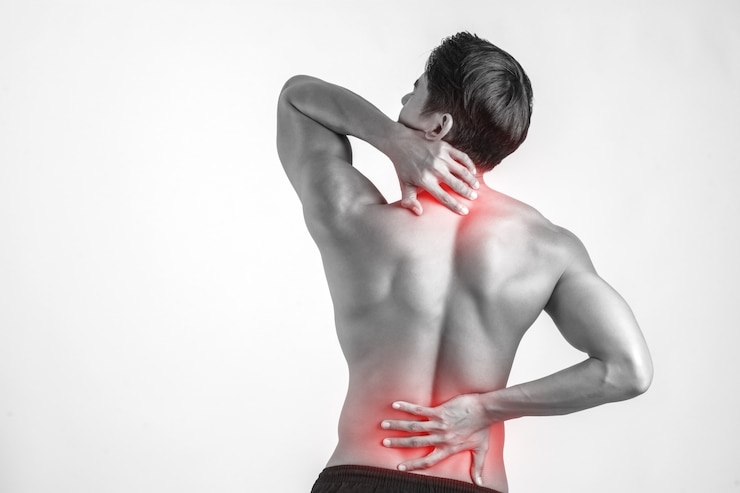Your muscles keep your body flexible and ensure stability and movement at your command. They help you walk, run, jump, roll, and so on and so forth. But there's a limit to what your muscles can do for you. Overstretching or over-usage of your muscles through repetitive movements can injure your muscles, leading to strain or sprain. But do you know whether your symptoms of pain are due to a sprain or strain? Let's discuss the topic "Muscle Strain Vs Sprain" in detail so that you can identify them and seek appropriate treatment for your symptoms.
A muscle sprain occurs when you overstretch and overstress your muscle, causing a rupture in the supporting ligaments. This mostly occurs if you fall or stretch your muscle more than it can take. If you sustain a mild sprain, your joints may not be hurt, but as the intensity and severity increase, your joint stability may be affected. If this happens, you risk tearing your ligaments, causing the bones to separate and affecting joint functions extensively.
A muscle strain is similar to a sprain, but it occurs suddenly and is brought about by pulling, twisting, over-contracting, or overstretching of the tendon or muscle injury. It mostly occurs during sports-related activities that involve prolonged sitting or standing. Both these conditions exhibit certain common symptoms, such as swelling, difficulty in achieving a full range of motion on the affected joint, pain, and limited flexibility. If you have a muscle sprain, you may experience bruising, while muscle spasms are more common with muscle strain.
Muscle sprain can occur in varying intensity, based on which they can be classified into three grades. The treatment for muscle sprain is also different based on the varying intensity. Let's take a look.
- Grade 1: At this stage, the sprain is mild with damage to the ligament and can be treated with the R.I.C.E. technique.
- Grade 2: It includes moderate sprain with a partial tear of ligaments that require immobilisation.
- Grade 3: At this stage the sprain is severe with a complete ligament tear, and unstable joint. You may need surgery as a part of its recovery process.
While your sprain is mild, you should try the R.I.C.E. method at home. This involves:
- Rest: Resting the affected area of your sprained muscle.
- Ice: Using ice packs on the affected muscle to help relieve pain and inflammation.
- Compression: Use a bandage or compression wrap to protect the affected muscle and reduce swelling. Remember not to wrap it too tight.
- Elevation: While you rest, elevate your affected muscle above your heart level, as it will help relieve swelling.
Another home remedy for relieving pain and encouraging cellular healing is heat therapy. This can also encourage blood flow to affected regions to help with swelling. Warming up before starting to exercise or engaging in active sports can prevent muscle strains and sprains. It is also important to be mindful of not stretching your muscles and listen to your body.
Whether you have muscle strain or sprain, you can obtain tailored treatment for your specific needs at QI Spine Clinic. Our spine doctors ensure individualised attention and customised treatments that take care of your individual needs while following the treatment protocols. Book an appointment with us for the best-personalised treatment under our care.





Comments